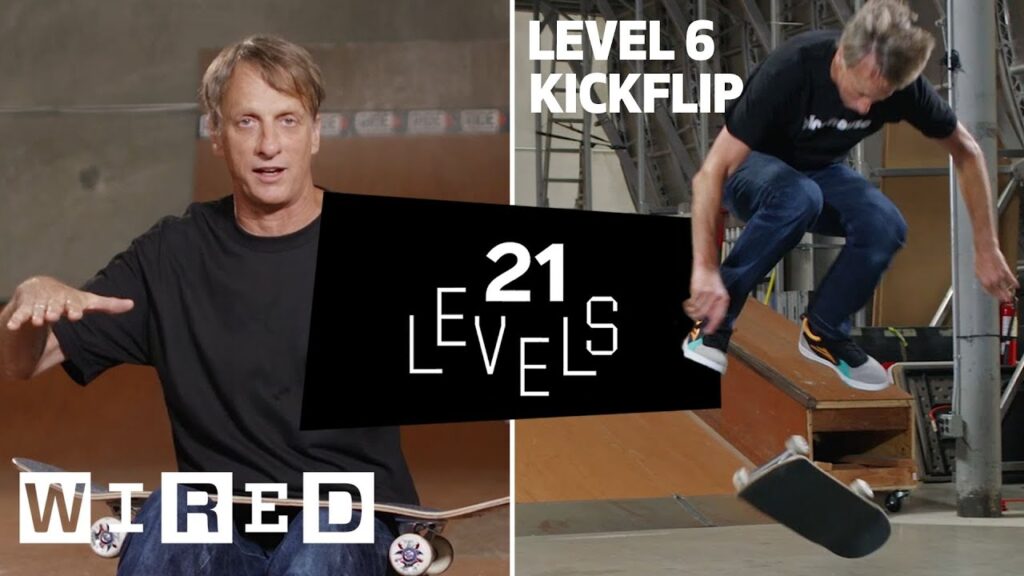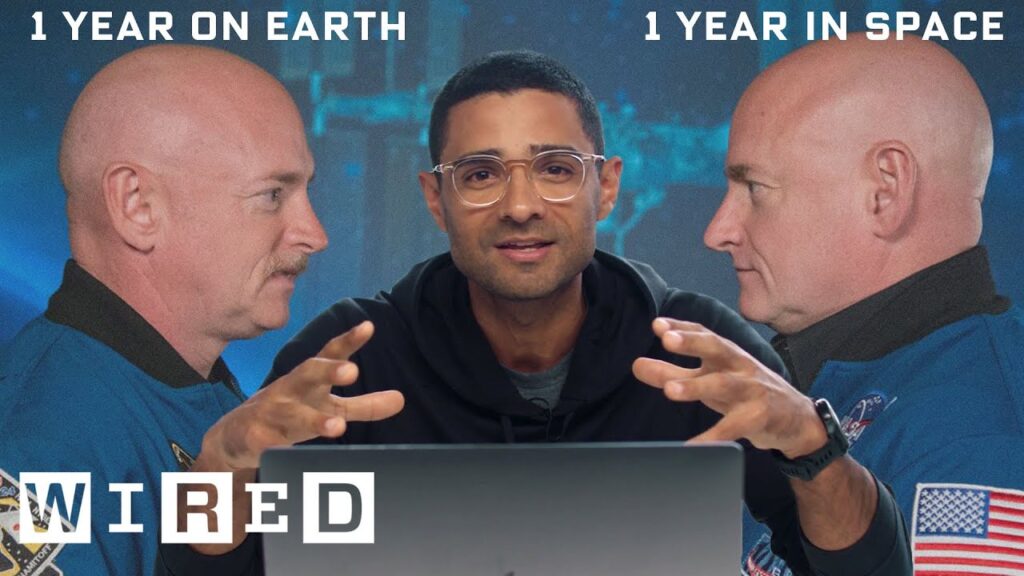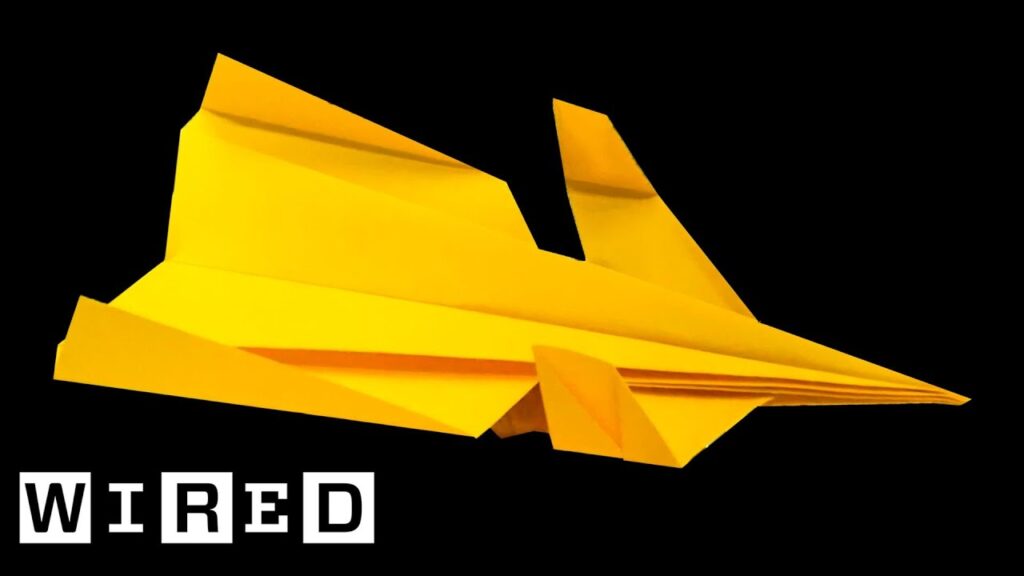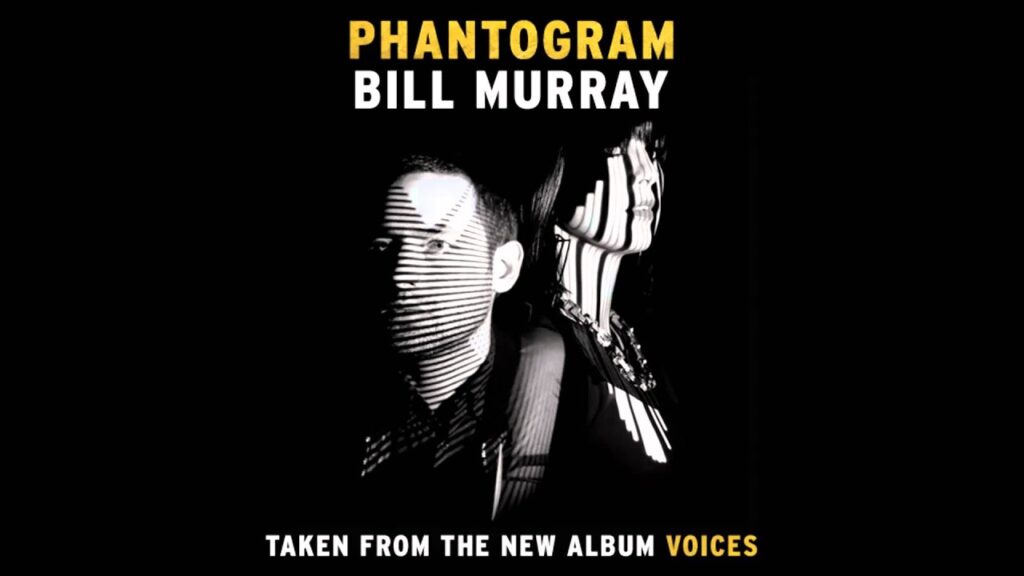The Technology behind the Lego Batman Movie
Summary
The Lego Batman movie made by Animalogic for Warner Brothers was a hit, but it was also incredibly hard to create. Gotham city alone was made up of 220 million unique Lego blocks, each with a different texture and look. In addition to the technical challenges, creating believable performances of the tiny Lego characters, especially Batman, was a difficult task. The animations had to be delivered with just 9 points of movement for each Lego character, and non-verbal acting and subtext had to be taken into account.
Table of Contents:
- The Challenges: Gotham City and Animations
- Creating Believable Performances
- Subtext in Lighting, and Regular Turnover Meetings
- Animation is Hard: Robin’s Dash Hit Gag
- Conclusion
The Challenges: Gotham City and Animations
Q: What were the biggest challenges of creating the movie?
A: One of the biggest challenges was creating Gotham City out of 220 million unique Lego blocks, each with a different appearance. Every block had a look-up table that contained various scratch maps, thumbprints, dent maps, edge profiles, and other features that make each one unique. The set alone would be about 6.5 football fields wide if it were real. The shot with the largest number of elements had over 3 trillion primitive, making it larger than the original Lego movie.
Q: What about creating the animations?
A: Creating believable performances of the 1.5 inch tall Batman was a difficult task. Batman only has a glowing area under a cowl for eyes, as opposed to Emmet in the first Lego movie, who had two black dots for eyes. All performances came from replacement animations, where every expression meant that one cowl pops off and a new one was added. You would never see the traditional Disney style squash and stretch animation on Batman’s face, or even the bending of an elbow. If an arm was bent, digital Lego blocks were swapped in and out to make the bending shape of the arm. This was all animated brick replacement.
Creating Believable Performances
Q: What is the role of subtext in the movie?
A: The team had to work out how to animate what was being said and the facial animation of the dialogue, but also make the audience question if the other character listening in believed what was going on. All of which played into the subtext of the scene. This was particularly vital given that all of the acting had to be delivered with just nine points of movement for any Lego character. The animation director, Rob Coleman, and the team at Animalogic tried hard to give the audience every hook to really believe in the character. This shows in the non-verbal acting where a character is listening to other characters in the scene.
Q: What about the character of Barbara Gordo?
A: Rosario Dawson, the voice of Barbara Gordo, was particularly valuable regarding subtext. She acted as much when she was listening to the other actors doing their voiceovers as when she was delivering her own lines. This resulted in great moments of a living, thinking Barbara Gordo, especially when she was listening to Robin and Batman.
Subtext in Lighting, and Regular Turnover Meetings
Q: What other factors contributed to the subtext in the movie?
A: Lighting played an essential role in capturing the idea of subtext, as Batman moved between light and dark spaces, depending on whether he was moving more towards the idea of a family or going off on his own. Every shot had its emotional beats underscored by the lighting. This was complicated given that the entire movie was created with plastic toys months apart, making it challenging to get the lighting perfect. Before the production of each scene, the director, Chris McKa, would outline at a pretty high level what the scene was about in terms of the character’s arc and development, why it was in the movie, and what he hoped the audience would take away from it. The heads of the animation, lighting, effect, and other departments would then contribute their ideas on how to deliver on that scene.
Q: How did the team overcome the technical challenges?
A: Department heads would meet at regular turnover meetings to discuss the progress of each scene and identify and overcome any technical challenges. The team understood that animation is challenging and keeping performances fresh and spontaneous is tricky. Creating Robin’s gag of hitting his head on the dashboard in a way that was deemed funny but not gratuitous required 45 takes and months of work, even though it was just seven seconds of screen time.
Animation is Hard: Robin’s Dash Hit Gag
Q: How challenging was it to create Robin’s dash hit gag?
A: The gag of Robin hitting his head on the dashboard, which may seem like a small thing, took 45 takes and months to do. The team had to ensure the hit was funny without being gratuitous, and it was just seven seconds of screen time. The complexity of animation was also highlighted with the simple sight gag where Batman apologizes to Robin for not having seat belts and took multiple takes to get right.
Conclusion
The Lego Batman movie was incredibly challenging to create given the difficulty in animating such tiny characters with just nine points of movement. The animations had to be delivered using replacement animations and subtext, such as understanding if the other character in the scene believes what is going on, had to be taken into account. The challenges of creating Gotham City and the technical challenges meant that department heads had to meet at regular turnover meetings to overcome any issues. Despite the challenges, Animalogic and the team of experts delivered a hit movie.






